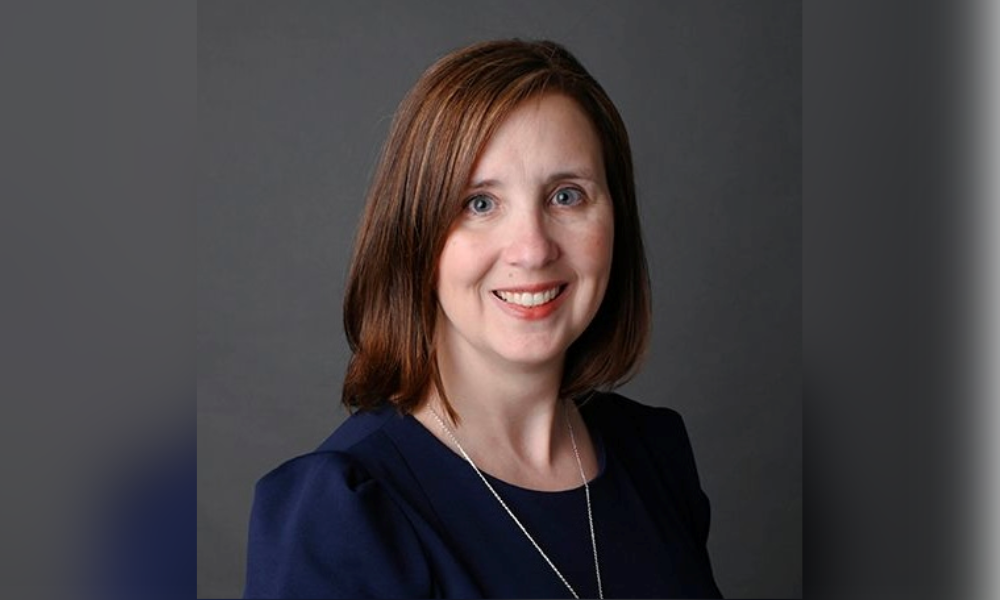EFAP usage rates often used to determine effectiveness – but does that make sense?
Despite the costs — both tangible and intangible — of drug and alcohol use and abuse in the workplace, just one-third (32 per cent) of employers evaluate the effectiveness of programs and policies devoted to the issue, according to a Conference Board of Canada study.
Employers in the natural resources, education, utilities and transportation and warehousing industries are more likely to gauge the effectiveness. And the private sector is much more likely to evaluate the programs and policies than the public sector (42 per cent versus 18 per cent).
But the point of a policy isn’t to just have one and to tick a box, said Mary-Lou MacDonald, director of workplace health, wellness and safety research at the Conference Board of Canada in Ottawa.
“It’s really about the people in your organization and making sure that you can recognize, first, if there is a problem and then you establish how you’re going to deal with it, how you’re going to support that individual to be successful in the workplace. If you have a policy that you don’t ever evaluate, you don’t know if it’s working. So what would be the point of having one, other than being perhaps compliant?”
There’s a cultural cost and a financial cost to substance abuse in the workplace, said MacDonald, citing absenteeism, productivity, performance, accidents and injuries, harassment, violence and the erosion of relationships.
“So if you’re not evaluating, you don’t know if you’re actually seeing a change, an improvement, if you’re on top of this or not,” she said. “I guess there’s an ROI but that’s not the focus, it’s really about the people and making sure if there are problems, they’re able to identify there are problems and get people the appropriate support they need to return them to work… to help them get back to a healthy, productive place.”
But many employers may not know how to measure the effectiveness, said Sean Slater, executive vice-president of sales and marketing at Homewood Health in Toronto.
“A lot of times, they have a policy because their industry requires it or it feels like the right thing to do or they know they have a problem so they put a policy in place. But, like a lot of other programs, they don’t have the metrics to be able to adequately measure the impact or the outcomes from those programs.”
The horizon for these types of cases is also long, he said.
“It can go for a couple of years and so at what point do you measure the effectiveness and the outcome? Is it when they come back to work or is at a certain set point sometime in the future?” said Slater. “There’s not a cure for addiction — it’s a lifelong, chronic disease that has to be managed actively through the rest of one’s life. So, as a result, it’s hard for organizations to pick a point to measure that effectiveness.”
These programs can be costly and there’s a lot of investment of time and resources, especially upfront, said Nadine Wentzell, a workplace drug and alcohol consultant in Halifax.
“The people that are making the financial decisions need to see the ROI, the bottom line. The problem is so many of the benefits are intangible, they’re indirect cost-related and they’re not always easy to measure.”
The other problem is there’s so much education that needs to be done around addiction, and many people have a very negative attitude. Many senior leaders, for example, question why they have to pay for four weeks of rehab, viewing it as a vacation, she said.
“(Evaluation is) important for the skeptics too, so people begin to see how much it improves morale and productivity, they really begin to turn around their thoughts. And sometimes the best advocate can be someone who’s gone through the program and wants to serve as a peer support and/or educator for the organization. That adds a level of credibility.”
Top metrics used
When it came to the most common metrics used by employers to evaluate drug and alcohol policies and programs, “number of known cases identified” (26 per cent) came out on top. The number of workplace injuries or accidents (19) per cent and absenteeism rates (15 per cent) were also in the top five.
But it’s hard to know for sure which metrics are directly related to alcohol or substance use or abuse, said Wentzell.
“The only time you’re going to know is if someone self-identifies,” she said. “Those are all things you can look at but unless you’re asking the questions and you know specifically that the individual has had a substance abuse problem, those are very general statements to make. And those questions are usually not asked.”
Because employers are starting to manage disability or have been managing disability better over the last few years, there’s more data around presenting issues and accommodations, said Slater.
“There’s all kinds of organizations that are either required or choose to count or track their injuries and accidents and the most extreme deaths in the workplace. If we can point to drug and alcohol abuse or use as a driver of those numbers, can we then look to see is your drug and alcohol policy and practice — and it’s more than just a policy, it’s the practice that follows the policy and the culture that an organization builds around that policy — is that having a positive impact on injury, accident and death in the workplace?”
Also popular as a measure of effectiveness are utilization rates for employee family assistance programs (EFAPs), at 24 per cent, found the Conference Board.
It’s a third party offering confidentiality, said MacDonald.
“There’s professional support there, there’s a program designed, custom, for the individuals to get appropriate help… and with substance use, as with other issues, there’s a stigma attached to it so moving through the EAP (employee assistance program) system is not only easily accessible but it’s private and anonymous.”
But the EAP’s effectiveness also needs to be analyzed, she said.
“There’s lots of information, a wealth of information that can be provided through an EAP to be able to determine if that’s being effective… determining not only what the particular situation is but are people actually getting back to work, how many weeks… the shortage of time required, what kinds of treatments are needed and so on.”
Another issue is many people will only access an EFAP if they’re very desperate, and many providers will only report back the number of calls related to a specific issue, not the details, said Wentzell.
“It’s better than nothing, absolutely, but I don’t think it begins to really touch on what needs to happen with employees. I believe much more strongly that you need to have a self-identification component of your policy,” she said.
“Some EFAPs have greater depth in dealing with addictions than others, and some EFAPs will be very good and hire specialists or support paying for specialists in this area and others won’t; it depends on what their model is and what their profit margin is… Some of the best addiction specialists, the EFAP companies won’t hire them because they view their costs as too high and they’ll hire (people) just out of school.”
Often, the EFAP only offers a few triage sessions and then nothing happens, said Wentzell.
“Much of what they have in (the report) doesn’t identify the whole problem or is not as all-encompassing or as accurate as they’re portraying it to be.”
EAP usage rates overall can serve as an indicator of the awareness and acceptance of the program by employees, said Slater.
“If we really want to get into how the EAP program is being used, then we need to look at what are the problems an organization wants to solve and are they getting better today because of the EAP program or not? Versus whether it’s 10 or 20 per cent utilization across the business,” he said.
“A 20 per cent utilization speaks more to the culture of an organization and the promotion of the program, and how an organization has chosen to promote the program — it doesn’t really tell you what problems are being solved or not.”
EAP usage related to addiction for people who self-disclose is a really small number, said Slater, “so I’m not sure individuals in an organization think of the EAP first.”
But an EAP provider can arrange an assessment, clarify diagnosis and help a person build a treatment plan through expert evaluation and recommendations. There might also be bridge counselling between diagnoses and treatment, “to keep them motivated and thinking about the recovery,” he said, along with followup post-treatment.
“It might be the entry point to treatment or the access point to treatment. So they know they have an issue so they reach out. The EAP was never designed to be that long-term, intensive treatment that someone suffering from addiction needs.”
Also among the top five metrics employers use to gauge effectiveness was “number of referrals to treatment” (17 per cent).
But employers don’t always know when someone is going to treatment, said Slater.
“Like any other short-term disability case, the employer is not entitled to know why the person’s off, it’s just a validated absence through the adjudication process of short-term disability.”
However, employers in the oil patch in Alberta, for example, have quite a good handle on what’s happening with employees on the addiction front, he said.
“Almost all of them have a policy in place, most all of them have process in place to manage it, they’ve got an understanding and a practice in place around employees going to treatment and coming back from treatment, what needs to be in place to bring folks back from their treatment, ongoing monitoring when they do come back, relapse programs, approaches to what happens when there’s a relapse. So there’s probably some industries that are more evolved out of a sense of necessity than others.”
And it’s not just about metrics, said MacDonald.
“They’re often lagging indicators so it’s having management trained to really understand the signs of substance use, which is really closely connected with mental health, of course... So having a workplace that reduces or eliminates the stigma around all of these things so you can more quickly identify when there’s a problem.”
An effective program around drugs and alcohol involves a multitude of components including incentives for self-identification, addiction specialists, ongoing education and after-care support, said Wentzell. It’s also about taking a health and safety perspective, as opposed to being punitive.
“You put as much in place as possible to make sure it’s as easy as possible for people to get help.”




